America’s Wild, presented by Trailfinders & Visit The USA
The garden aims to install a sense of exploration and personal discovery with moments to pause and reflect in the great outdoors.
Inspired by North America’s vast, awe inspiring vistas the garden explores 3 contrasting natural landscapes.
Prairie
Prairies, vast expanses of grass and wildflowers in the USA, are cherished for their beauty and ecological importance. They range from shortgrass to tallgrass prairies and support a diverse array of plant and animal life, including iconic species like the bison. Prairies play a critical role in carbon capture, soil nourishment, and erosion prevention due to their deep-rooted plants. They are admired for their beauty and are even used in landscaping schemes in other countries like the UK. Overall, prairies are essential ecosystems that must be conserved for their ecological and aesthetic value.
Forest
America's forests comprise temperate broadleaf and coniferous varieties, but the Aspen tree stands out with its iconic appearance and ecological importance. Its white bark and quaking leaves make it instantly recognisable, while its role as a keystone species supports diverse ecosystems from Alaska to New Mexico. The Aspen's habitat sustains a variety of wildlife, including black bears, deer, elk, and ruffed grouse, making it a vital component of forest landscapes across the USA.
Desert
The deserts of the USA, bordered by the Rocky Mountains and the Pacific Ocean, are characterised by extreme dryness, high temperatures, and unique plant and animal life. Resilient species like lizards, snakes, and coyotes thrive in these harsh conditions alongside distinctive plants such as sagebrush, Joshua trees, cacti, yucca, and prickly pears. Both human and wildlife populations have adapted to survive in these environments, making desert landscapes a symbol of America's wilderness.
Prairie
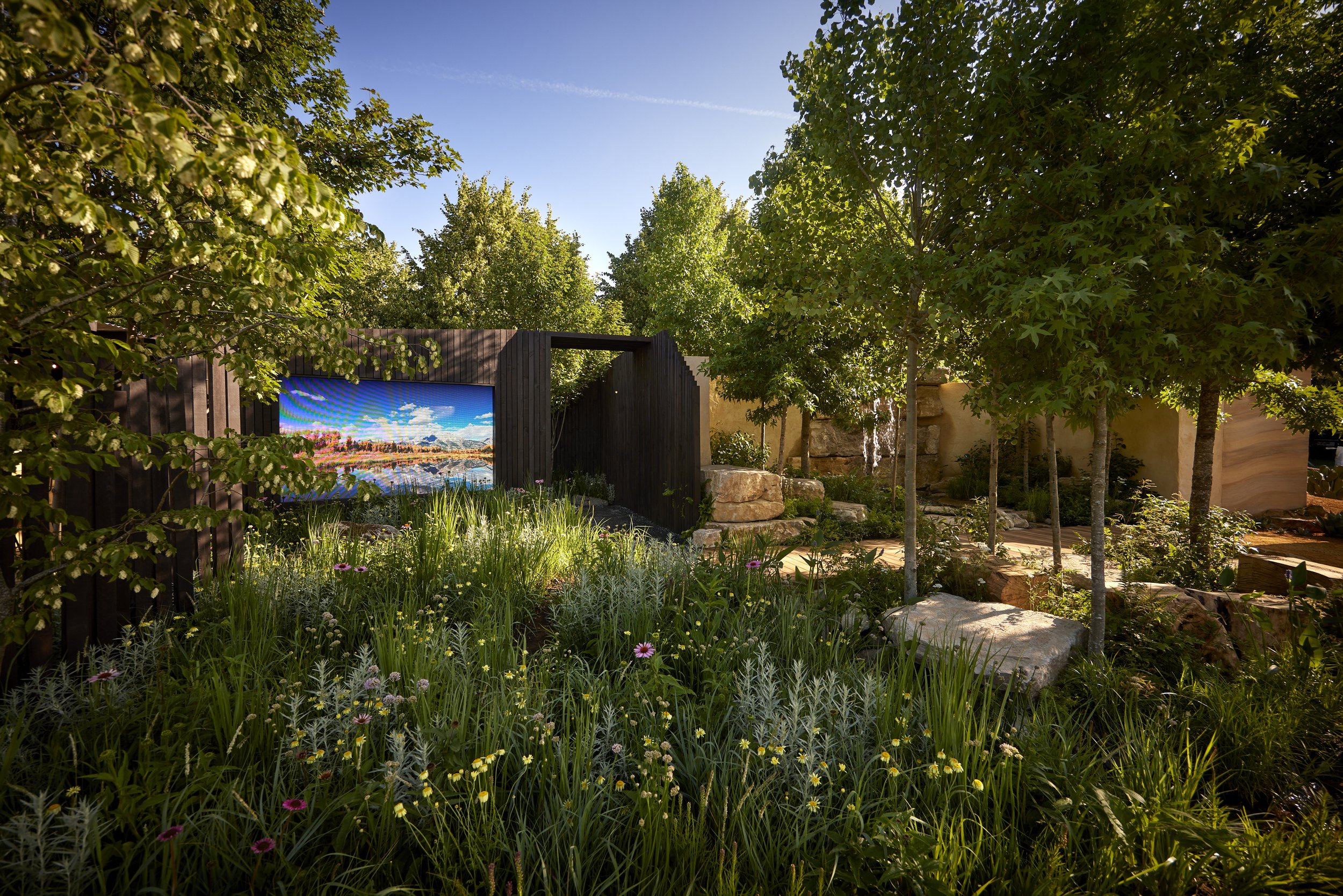







Forest

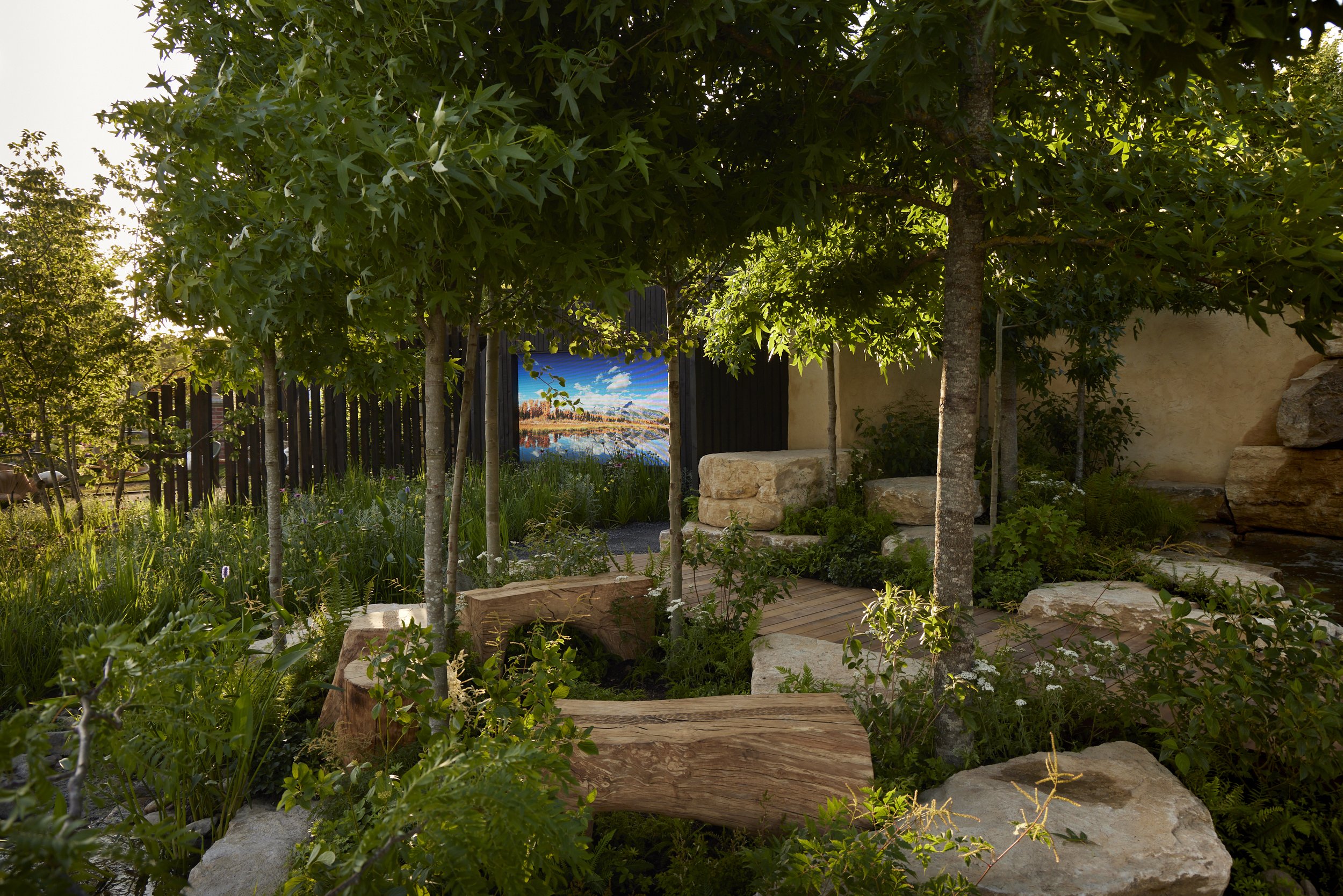



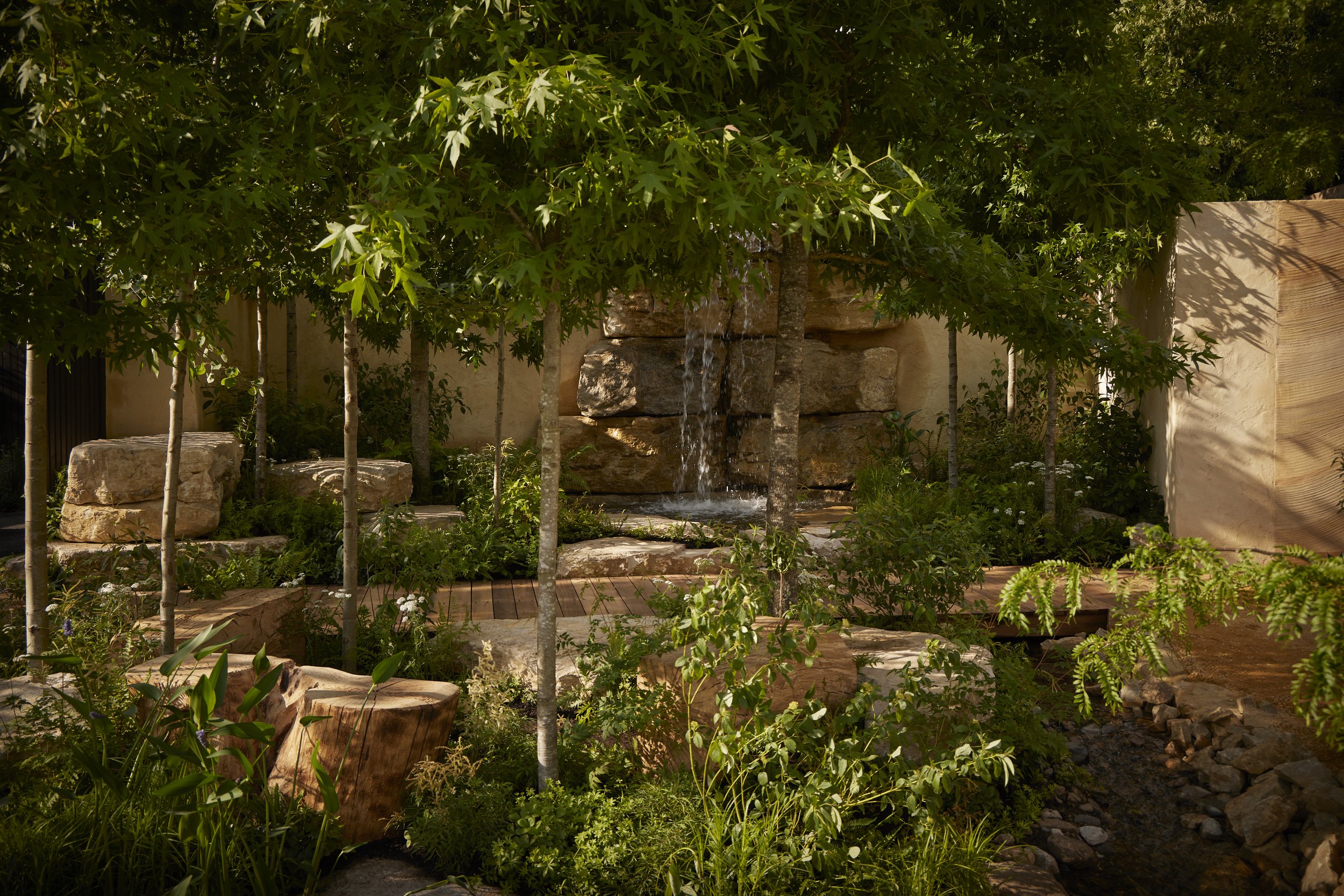

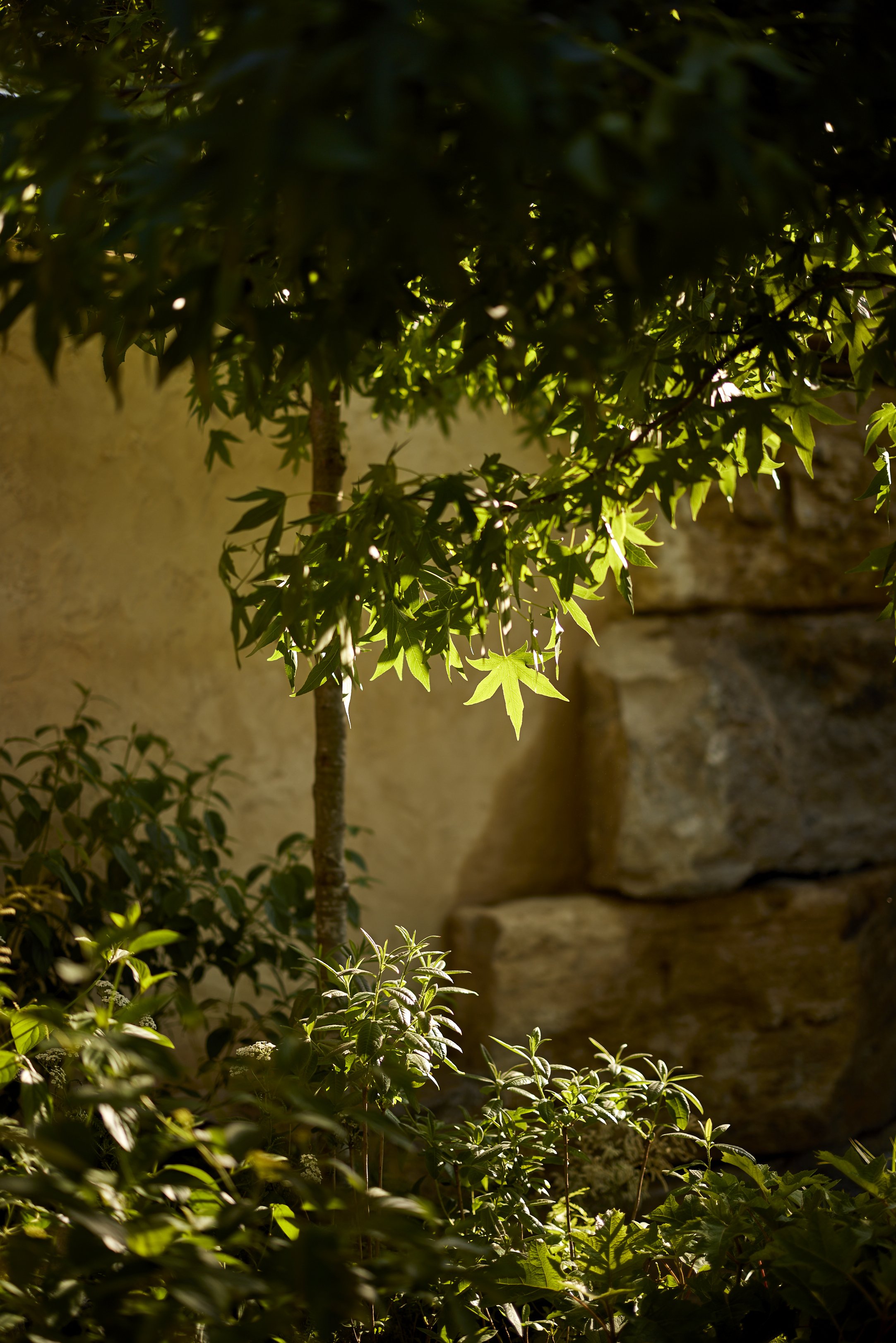

Desert

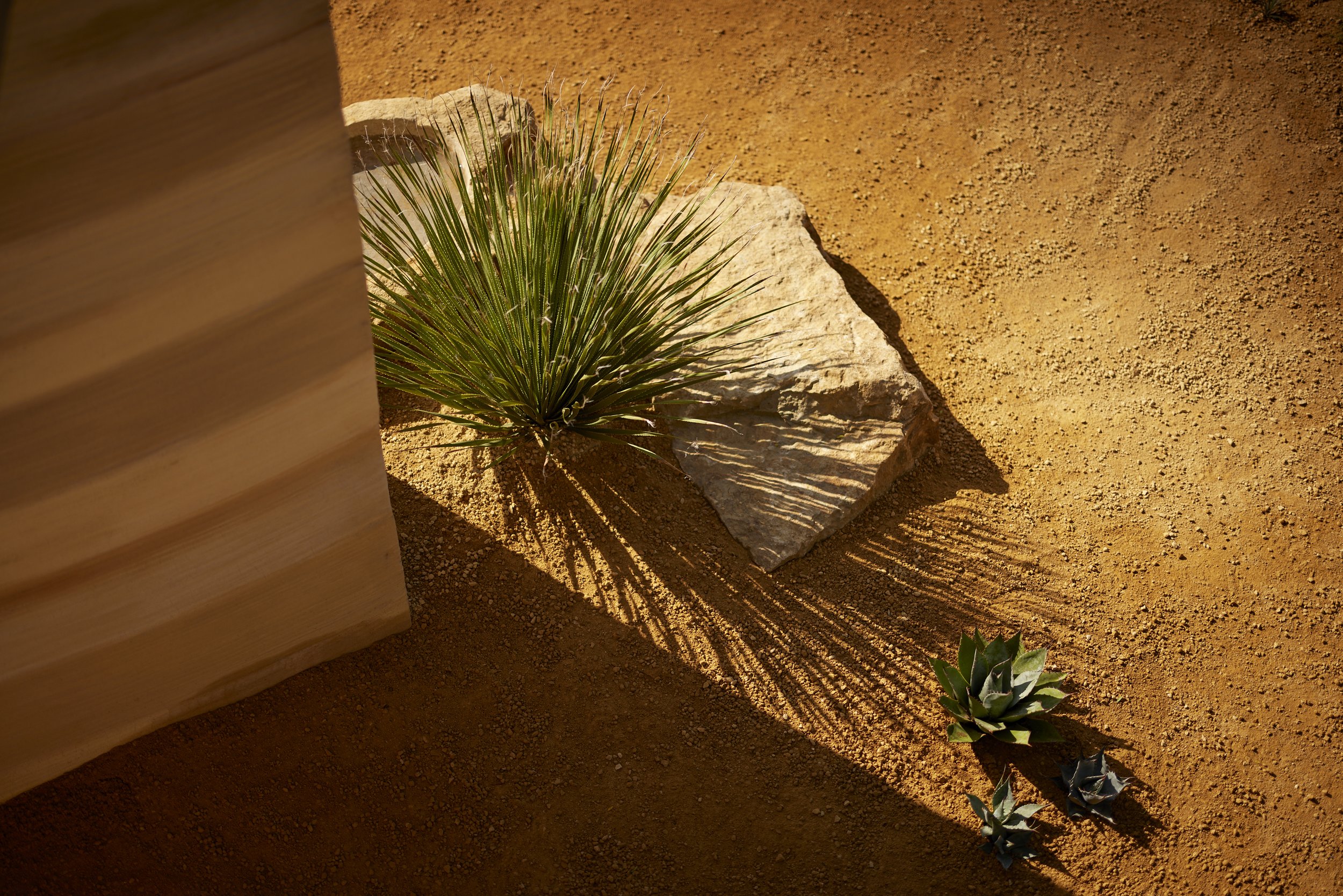






Credits
Yoreland Landscapes
Build
Alister Thorpe
Photography





